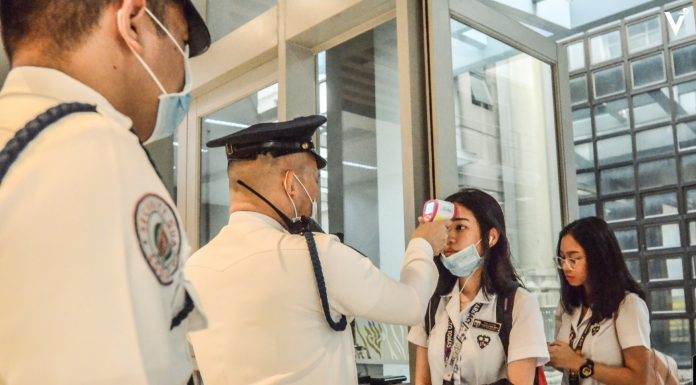A GROUNDBREAKING work on the deoxyribonucleic acid (DNA) barcoding of local medicinal plants by a Thomasian professor is on its final stage and is set to be launched in the second quarter of the year.
Grecebio Alejandro, director of the Office of Graduate Research and a pioneer of plant molecular phylogenetics in the country, spearheaded the formation of a database that sought to identify local medicinal plants on a molecular level through DNA barcoding.
“DNA Barcoding for Authentication of Philippine Medical Plants” is a four-year project that began in 2012. It aims to utilize DNA barcoding among plants to create an online database and a medicinal guidebook for endemic flora.
Alejandro said the database, to be hosted by the server of the Department of Science and Technology-Philippine Center for Health Research and Development (DOST-PCHRD), is set to be ready between March and May of 2016. Although open for public viewing, the DNA sequences available are still very limited as data from several species are still being uploaded.
Sequences, or unique segments of a species’ DNA, are the foci of DNA barcoding and are the primary tools in separating species of plants from each other. These DNA markers are akin to product barcodes.
The development of this barcoding database has earned the University the title of “Center for DNA Barcoding and Conservation” in the country.
Alejandro is aided by the Thomasian Angiosperm Phylogeny Barcoding Group as well as other institutions such as the Far Eastern University, the University of the East, the University of the Philippines-Manila and the Philippine National Herbarium.
Heavily invested in plant biodiversity, Alejandro specializes in the analysis of DNA sequences to gain more information on plant’s evolution.
“We have a very rich folkloric culture, especially when it comes to herbal medicine,” Alejandro said in a previous Varsitarian article. “Aside from prescription medicine, we also rely a lot on herbal plants.”
Protection from ‘adulteration’
Alejandro said one of the primary concerns to be addressed by the database is “medicinal adulteration,” where effective medicinal plants are substituted with similar-looking counterparts.
“Just because two plants look alike does not mean their medicinal properties are the same,” Alejandro said.
Zypher Regencia, science research specialist of the DOST-PCHRD, said the database would be helpful in validating the integrity of products infused with or made from local plants.
“The project was funded on the merit that the barcodes generated will be able to inspect for adulteration [of herbal medical products],” Regencia said in an interview.
For instance, Alejandro’s group had stumbled upon an interesting finding after collecting five different kinds of the Vitex negundo, popularly known as lagundi, for its DNA sequence.
Upon checking the authenticity of three local lagundi capsules and two herbal teas with their collected DNA sequences, only one of the five products contained lagundi.
“Manufacturers of medicinal plants should be careful, but we cannot [also] blame them because even they might not be able to identify the supplies given to them,” Alejandro said. “[DNA] barcoding is a good tool to monitor [the] correctness of using medicinal plants.”
The database has listed a little over than 500 medicinal plants from 82 different species. Another batch of 150 plants will be added this year.













